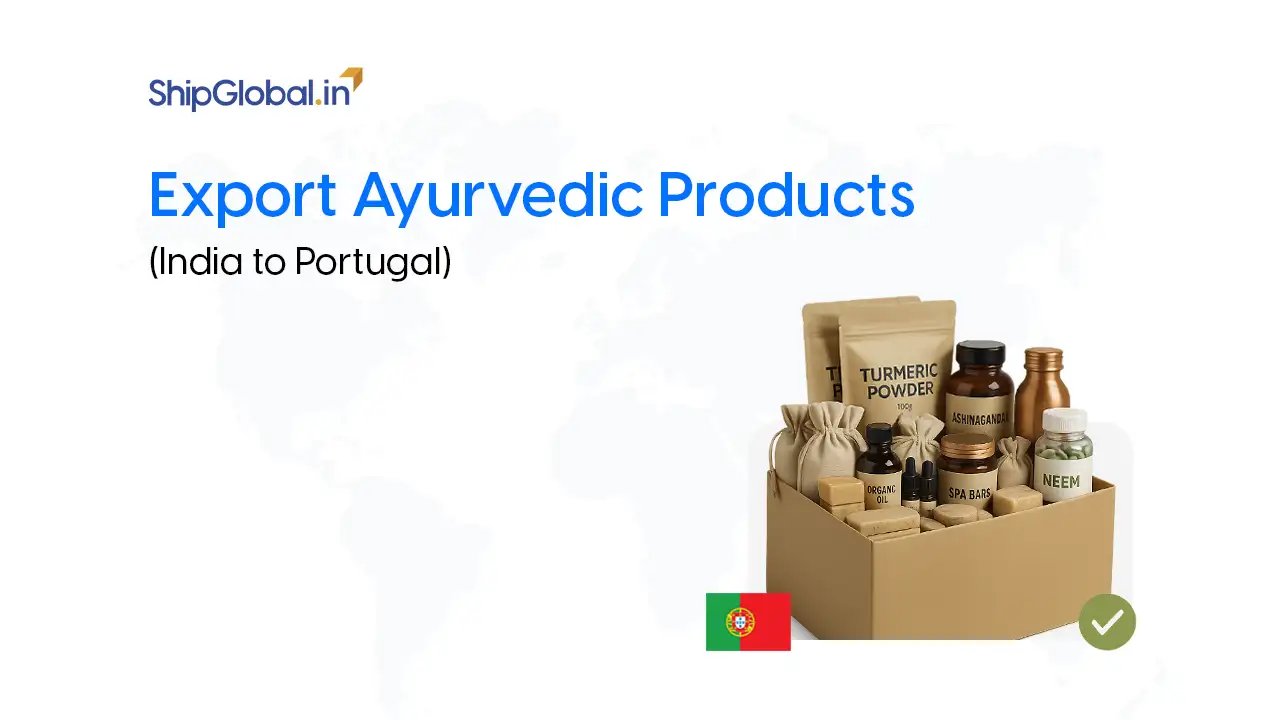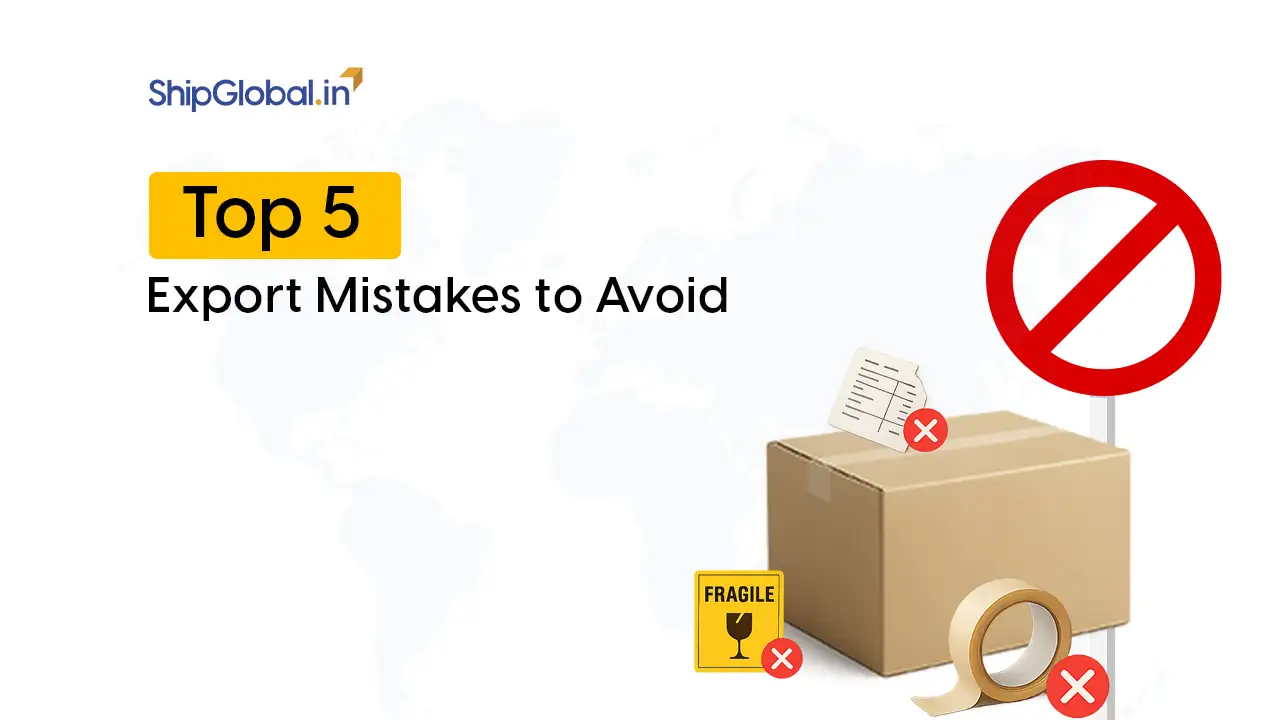The India-Australia Economic Cooperation and Trade Agreement (ECTA) is more than just a bilateral trade deal; it’s a blueprint for economic collaboration and an open door for Indian exporters, especially those in the textile and apparel sectors. With textile benefits under ECTA now in full swing, Indian businesses are uniquely positioned to penetrate the Australian market with cost-effective, high-quality goods.
In this blog, we explore the real-world impact of the Indo-Australian trade deal and how duty-free textile exports to Australia, tariff reductions under ECTA, and export compliance mechanisms are redefining India’s global trade dynamics. We’ll also examine practical strategies, compliance checklists, long-tail keyword FAQs, and success stories from Indian textile businesses.
Understanding the India-Australia ECTA
The India-Australia ECTA came into effect on December 29, 2022, and is the first free trade agreement signed by India with a developed country in over a decade. The agreement aims to significantly boost bilateral trade, currently valued at over USD 25 billion, by eliminating trade barriers and offering a roadmap for cooperation.
Under this Landmark Agreement
- India receives preferential market access to Australia for over 6,000 tariff lines.
- Nearly 96% of Indian exports to Australia now enter duty-free, including a wide range of textile and apparel products.
- Australia’s zero-duty access boosts the competitiveness of Indian products in a previously tariffed market.
This positions India as a strategic supplier for Australia’s fashion and retail industry, particularly as Australian brands seek diversification away from traditional suppliers.
Textile Benefits Under ECTA: What’s in It for Exporters
Let’s break down the specific textile benefits under ECTA that are making headlines:
1. Duty-Free Textile Exports to Australia
Before the ECTA, Indian textile exporters faced duties of up to 5% on garments and textile products. With ECTA now active, over 90% of India’s textile and apparel exports qualify for duty-free access to the Australian market, giving Indian exporters a significant price edge over global competitors like China and Bangladesh.
Duty-free exports significantly impact landed cost calculations, making Indian garments more attractive to Australian wholesalers, retailers, and direct-to-consumer brands.
2. Tariff Reductions Under ECTA
Products that aren’t immediately duty-free fall under a phased tariff reduction schedule. For example:
- Certain synthetic fiber fabrics and blended yarns now see a gradual reduction to zero tariffs within a 3-year timeframe.
- Tariff cuts are mapped according to HS codes under India-Australia ECTA, which detail the specific product category and its duty structure.
The reductions are legally binding and phased systematically to provide predictability, allowing manufacturers to plan long-term contracts.
3. Broader Product Coverage
ECTA covers nearly all textile value chain segments:
- Raw materials (e.g., cotton, MMF)
- Intermediate goods (e.g., yarns, fabrics)
- Final apparel (e.g., garments, home textiles)
This extensive coverage ensures that Indian textile exporters at all stages of the value chain benefit.
How Does the India-Australia ECTA Help Textile Exporters
Here’s a practical look at how the India-Australia ECTA helps textile exporters:
Competitive Pricing
With customs duty exemptions for Indian apparel under ECTA, Indian products can enter the Australian market at a lower price, enhancing competitiveness and market share.
Market Diversification
Australia is a high-income, low-population country with strong retail demand for sustainable and affordable textiles. ECTA provides a viable alternative to traditional markets like the US and EU.
Increased Production
Greater demand means increased orders for Indian factories, particularly in Tier-II and Tier-III cities, stimulating domestic employment and production.
Boost to MSMEs
Small and mid-sized exporters benefit significantly from ECTA as it reduces their costs of market entry and expands reach via online platforms like Amazon Australia and The Iconic.
Rules of Origin for ECTA: Key Compliance Factors
The rules of origin for ECTA are crucial in ensuring that only genuinely Indian products receive trade benefits. These rules ensure fair trade practices and prevent misuse of the agreement by non-participating countries.
Core Requirements:
- Wholly Obtained Products: Such as raw cotton or silk grown in India.
- Substantial Transformation: If raw materials are imported, the final product must undergo a defined transformation in India.
- Value Addition Criteria: Generally, 35% of the FOB value should originate in India.
- Product-Specific Rules: Based on HS codes under India-Australia ECTA, specific transformation processes may be required.
Failure to comply with these rules results in disqualification from ECTA benefits.
ECTA Certificate of Origin: Your Ticket to Preferential Access
To avail of the trade agreement benefits for exporters, one must obtain the ECTA Certificate of Origin. This document certifies that the exported goods meet the rules of origin for ECTA and are mandatory for claiming tariff reductions.
Steps to Obtain the ECTA Certificate of Origin:
- Register with the DGFT or authorized bodies.
- Prepare documentation including manufacturing details, invoices, and transformation records.
- Apply online or offline through designated export promotion councils.
- Submit during export clearance to claim preferential market access in Australia.
Digital certificates are now increasingly accepted, and exporters are encouraged to integrate digital compliance platforms for streamlined processing.
Step-by-Step Process to Claim ECTA Benefits
For exporters unfamiliar with the process, here’s a detailed step-by-step process to claim ECTA benefits:
- Product Classification: Use the appropriate HS code under India-Australia ECTA to determine if your product is eligible.
- Eligibility Confirmation: Check tariff schedules and rules of origin.
- Compliance Check: Ensure manufacturing processes meet the defined rules of origin for ECTA.
- Documentation: Gather invoices, production records, and transformation certifications.
- Apply for the ECTA Certificate of Origin from the relevant authority.
- Export Filing: Submit the certificate with your export documents.
- Claim Benefits: Australian importers receive duty-free clearance upon submission.
Additional tip: Maintain a digital checklist and automate reminders to renew or update certification.
Export Compliance Under ECTA: Stay Ahead of the Curve
Compliance is critical. Non-compliance can result in heavy penalties and permanent blacklisting from ECTA benefits. Here’s how to maintain robust export compliance under ECTA:
- Use correct HS codes to avoid misclassification.
- Maintain audit-ready documentation.
- Train your export team on origin rules and documentation procedures.
- Engage with export promotion councils for guidance and updates.
- Implement quality control measures to meet Australian consumer expectations and sustainability standards.
Preferential Market Access Australia: Seizing the Advantage
With preferential market access in Australia, Indian exporters are no longer bound by high tariffs. This has led to:
- A 35% increase in textile exports to Australia in 2023
- Enhanced interest from Australian retailers in Indian sustainable textiles
- More Indian brands featuring in Australian retail chains and e-commerce platforms
Market access also translates to better negotiation leverage with Australian distributors.
Real Life Example: How an Apparel Exporter Benefitted
“We’ve been exporting cotton t-shirts for over a decade,” says Rajesh Bansal, a Delhi-based exporter. “After ECTA came into effect, our Australian orders increased by 40%. We’re now more competitive than ever, simply because we offer high quality at a better landed price.”
Rajesh followed the step-by-step process to claim ECTA benefits, obtained the ECTA certificate of origin, and aligned his products with the right HS codes under India-Australia ECTA.
| Product Category | HS Code | ECTA Benefit |
|---|---|---|
| Cotton T-shirts | 6109 | Duty-Free |
| Home Textiles | 6302 | Duty-Free |
| Polyester Yarns | 5402 | Tariff Reduction (3-year phase) |
| Denim Fabrics | 5209 | Duty-Free |
| Wool Garments | 6101 | Duty-Free |
Future Outlook: Expanding the ECTA Horizon
Both India and Australia are looking to upgrade ECTA into a Comprehensive Economic Cooperation Agreement (CECA). This will likely:
- Include more products
- Introduce e-commerce and digital trade protocols
- Offer deeper services sector integration
For the textile sector, this could mean even broader textile benefits under ECTA, including logistics support, retail collaboration, and sustainability certifications.
Final Words: Leverage ECTA Now
The India-Australia ECTA isn’t just a trade policy, it’s a strategic tool to amplify India’s textile export potential. With the right knowledge and preparation, exporters can:
- Unlock duty-free textile exports to Australia
- Use tariff reductions under ECTA to beat global competition
- Ensure export compliance under ECTA for long-term benefits
- Tap into the preferential market access in Australia
So, if you’re still asking: How does the India-Australia ECTA help textile exporters? The answer is clear. It helps them thrive, scale, and dominate a key global market.
Ready to Export? Here’s What to Do
- Identify your eligible products
- Apply for the ECTA certificate of origin
- Align with rules of origin for ECTA
- Use accurate HS codes under India-Australia ECTA
- Ensure full export compliance under ECTA
The world is watching, and Australia is buying. Don’t miss your opportunity to ride the next wave of India’s export boom under the India-Australia ECTA.
FAQs
The India-Australia ECTA offers major advantages such as duty-free textile exports to Australia, phased tariff reductions, and preferential market access. This reduces the overall landed cost of Indian textiles in Australia, making them more competitive and attractive in the Australian market.
Under ECTA, over 90% of Indian textile and apparel exports to Australia receive customs duty exemptions, particularly in cotton garments, home textiles, and woolen apparel. Products like synthetic yarns are on a phased reduction track. These benefits enhance India’s export volume and profitability.
Yes. A significant portion of Indian apparel now enjoys customs duty exemptions under ECTA, especially cotton-based and woolen products. This benefit allows exporters to price products more competitively in the Australian market.
The ECTA Certificate of Origin proves that the goods meet the criteria outlined in the agreement. Without this certificate, exporters cannot claim tariff reductions under ECTA or enjoy duty-free textile exports to Australia.
Absolutely. MSMEs gain from preferential market access to Australia, reduced costs due to customs duty exemptions, and a simplified export compliance regime. ECTA opens up new export opportunities even for smaller manufacturers.








